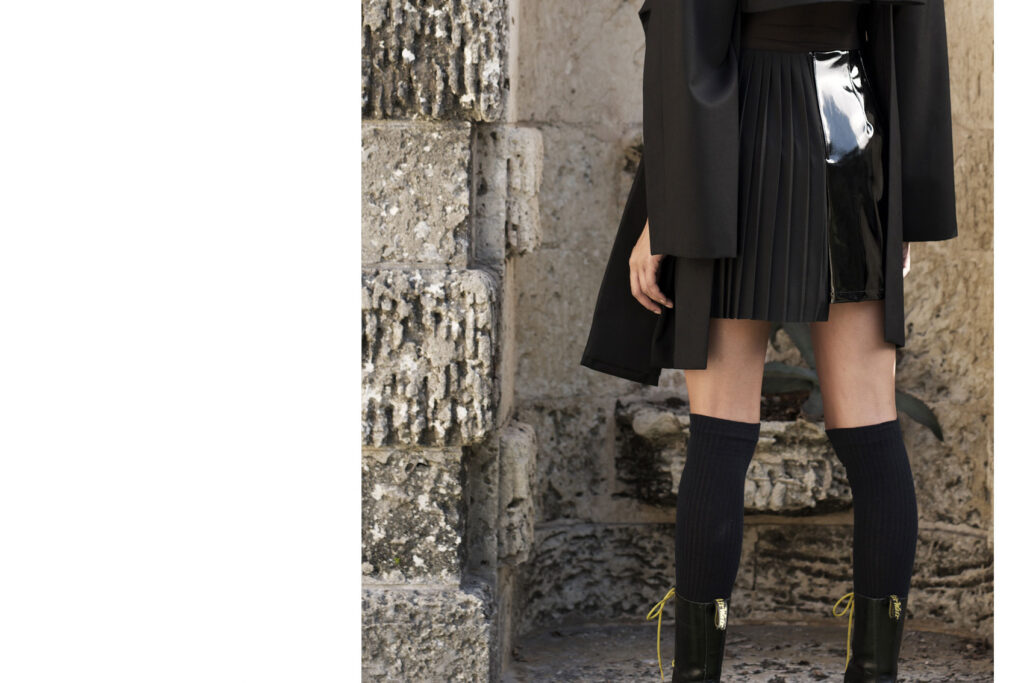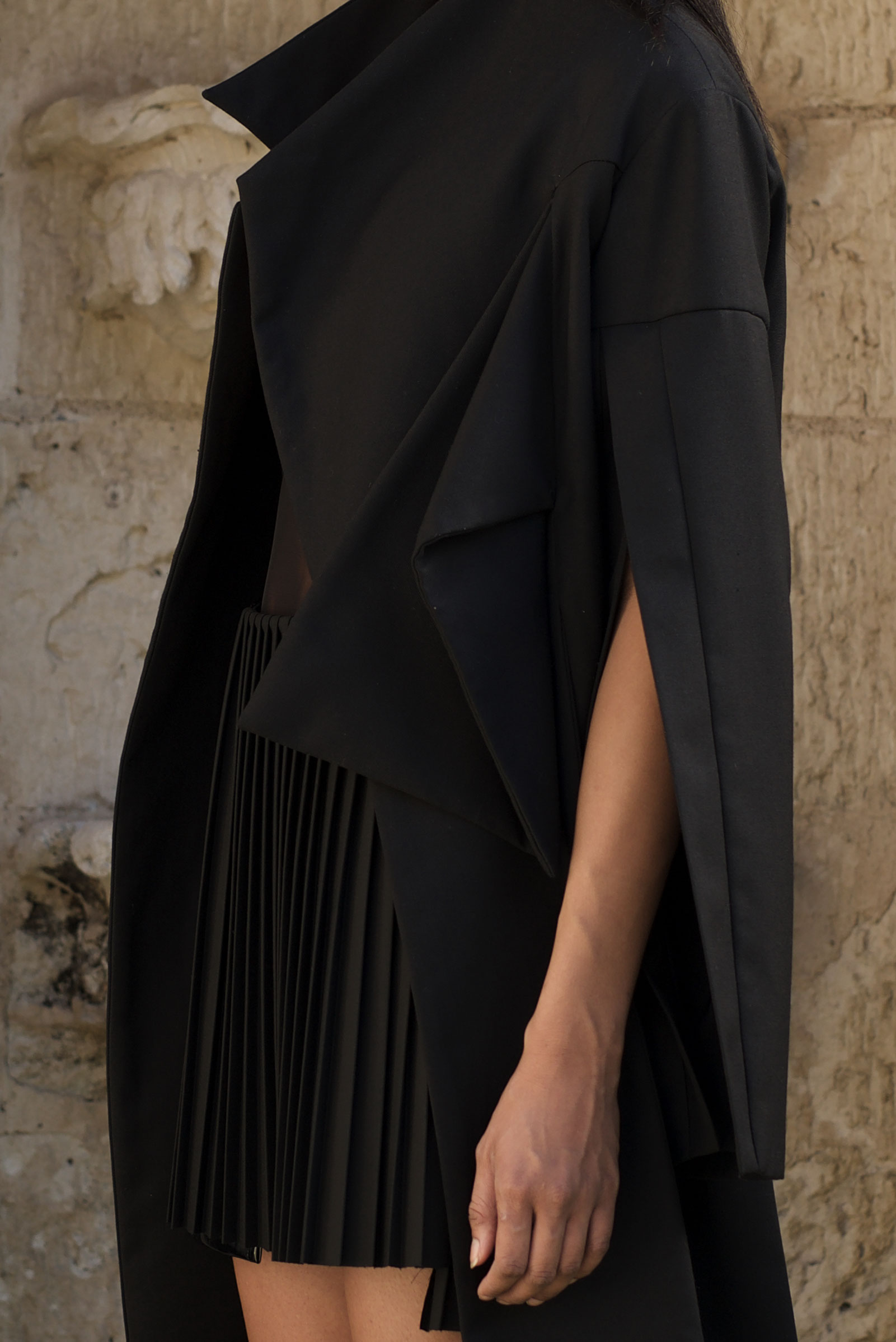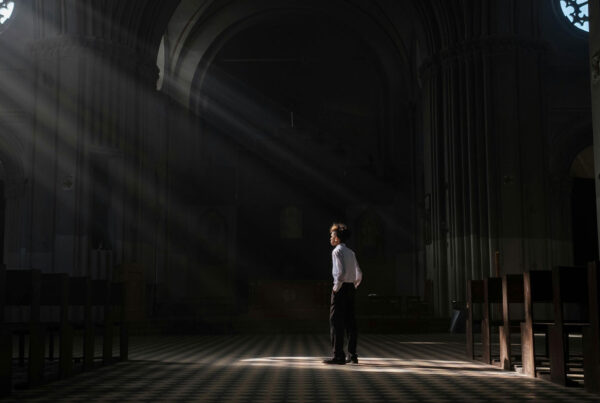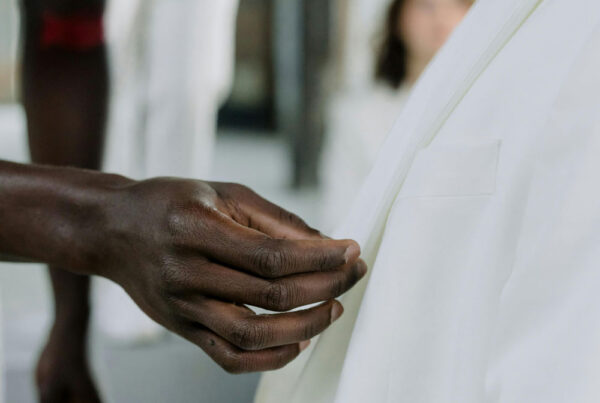In the digital age, inspiration is infinite — and yet, somehow, it feels weightless.
Every scroll, every post, every reference exists in the same glowing grid.
But in our world, design begins where the screen ends.
It begins in the archive — in the tangible, the aged, the imperfect.
The archive holds presence. It has weight. It breathes.
It’s not just reference — it’s resonance.
The Tangible Reference
There is something sacred about touching history — about holding a sample that once existed as someone’s idea of the future.
In your hands, the fabric speaks a different language: it creases, stretches, and whispers stories or secrets of intention and imperfection.
In contrast, the digital reference is sterile — pixels imitating presence.
But the physical sample inhabits its own space.
It carries a vibration, a gravity, a truth that can only be felt. Similar to an art exhibition. The way an artist translates their experience of emotion through brush strokes or sculpture presents a unique opportunity to experience expression in its form.
Design as Interpretation
To interpret an archive is to translate someone else’s vision through your own lens.
The process isn’t replication — it’s resurrection.
The garment becomes a medium between past and present, reimagined by new context, new consciousness.
Each designer leaves fingerprints on what they inherit.
Every drape redrawn, every seam reconsidered, becomes a dialogue between what was and what is.
Archives are not used to imitate — they are used to illuminate.
The original design becomes the foundation, but the interpretation becomes the architecture.
The Physical as Philosophy
In a time when creativity lives largely in the cloud, the physical archive reminds us that fashion is a tactile art.
To feel weight, to sense texture, to see the way light interacts with cloth — these are experiences that no pixel can reproduce.
It’s the difference between reference and relationship.
Between observation and communion.
When a designer works with their hands, with cloth that has lived before, they enter into a kind of sacred continuity — a lineage of makers who understood that touch is a form of truth.
The Digital vs. The Divine
Digital media offers convenience — endless references, unlimited access — but often at the cost of depth.
The flood of imagery becomes noise; everything blends into everything else.
The archive, however, demands focus.
It asks for attention, patience, humility.
It challenges the designer to slow down, to see, to listen rather than to just look.
In that slowness lies reverence — and in reverence, discovery.
The Influence of Archives reminds us that true inspiration is not found in data, but in dialogue — the dialogue between maker and material, between past and present, between what was once created and what is being created now.
At Casey Levan, the archive is not a museum — it’s a living ecosystem of ideas, textures, and truths waiting to be reinterpreted.
The designer becomes the bridge — the interpreter of the tangible, the translator of the unseen.

The Physical as Philosophy
In a time when creativity lives largely in the cloud, the physical archive reminds us that fashion is a tactile art.
To feel weight, to sense texture, to see the way light interacts with cloth — these are experiences that no pixel can reproduce.
It’s the difference between reference and relationship.
Between observation and communion.
When a designer works with their hands, with cloth that has lived before, they enter into a kind of sacred continuity — a lineage of makers who understood that touch is a form of truth.
The Digital vs. The Divine
Digital media offers convenience — endless references, unlimited access — but often at the cost of depth.
The flood of imagery becomes noise; everything blends into everything else.
The archive, however, demands focus.
It asks for attention, patience, humility.
It challenges the designer to slow down, to see, to listen rather than to just look.
In that slowness lies reverence — and in reverence, discovery.
The Influence of Archives reminds us that true inspiration is not found in data, but in dialogue — the dialogue between maker and material, between past and present, between what was once created and what is being created now.
At Casey Levan, the archive is not a museum — it’s a living ecosystem of ideas, textures, and truths waiting to be reinterpreted.
The designer becomes the bridge — the interpreter of the tangible, the translator of the unseen.




